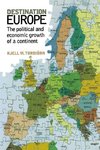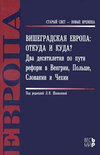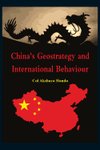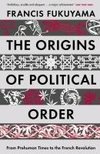
-
 Anglický jazyk
Anglický jazyk
Ethnic groups in China
Autor: Source: Wikipedia
Source: Wikipedia. Pages: 70. Chapters: Ethnic minorities in China, Buryats, Mosuo, Uysyn, Austro-Tai peoples, Oirats, Tuvans, Limbu people, Iranians in China, Basmyl, Shan people, Dai, Han Chinese subgroups, Mosuo women, Tibetan Muslims, Duchers, Harbin... Viac o knihe
Na objednávku, dodanie 2-4 týždne
19.80 €
bežná cena: 22.00 €
O knihe
Source: Wikipedia. Pages: 70. Chapters: Ethnic minorities in China, Buryats, Mosuo, Uysyn, Austro-Tai peoples, Oirats, Tuvans, Limbu people, Iranians in China, Basmyl, Shan people, Dai, Han Chinese subgroups, Mosuo women, Tibetan Muslims, Duchers, Harbin Russians, Semu, Fuzhou Tanka, Indians in China, Khmu people, Xirong, Rauz peoples, Pakistanis in China, Albazinians, Armenians in China, Utsul, Hill tribe, Tanka people, Tai ethnic groups in China, Fuzhou people, List of Chinese administrative divisions by ethnic group, Unrecognized ethnic groups in China, Wakhi people, Zhongshan, Hui'an maidens, Beidi, Khmuic peoples, Taranchi, Mishmi people, Tai Dam, Americans in China, Che people, Buyang people, Äynu people, China Nationalities Museum, Onggirat, Argyns, Japanese people in China, Tungusic peoples, Choros, Middle jüz, Nanman, Kam-Sui peoples, Barga Mongols, Khuen people, Putian people, Dolan people, Baima people, Sichuan Mongols, Deng people, Yanhuang, Kucong, Kra peoples, China Folk Culture Village, Tang Chinese, Mang people, Bo people, Manau, Lu people, Katso Mongols, Nasu people, Eastern Lipo, Gejia, List of hill tribes of Thailand, A-Hmao, Ayi people, Shandong people, Guangxi people, Badzhui, Kadu people, Gha-Mu, Hebei people. Excerpt: Known to many as the Mosuo (Chinese: ; pinyin: Mósuo also spelled Moso or Musuo), but known often to themselves as the Na, the Mosuo are a small ethnic group living in Yunnan and Sichuan Provinces in China, close to the border with Tibet. Consisting of a population of approximately 40,000, most of them live in the Yongning region and around Lugu Lake, high in the Tibetan Himalayas ( ). Although the Mosuo are culturally distinct from the Nakhi, the Chinese government places them as members of the Naxi (or Nakhi) minority. Their culture has been documented by indigenous scholars Lamu Gatusa and Latami Dashi (the collection of papers that he edited, published in 2006, contains an extensive list of references in Chinese, and a bibliography of books and articles in other languages (especially English) compiled by He Sanna). The Mosuo culture is frequently described as matriarchal. In fact, the Mosuo themselves frequently use this description to attract tourism and interest in their culture. Occasionally their culture is described instead as "matrilineal", which while more accurate, still doesn't reflect the full complexity. The Mosuo defy categorization within traditional Western definitions. While they have aspects of a matriarchal culture, in that women are, in many households, the head of the house; property is passed through the female line; and women tend to make the business decisions; yet political power tends to be in the hands of males, which disqualifies them as a true matriarchy. The Mosuo are a primarily agrarian society, and their daily life reflects this. Most work centers on raising crops and caring for livestock. As far as dietary needs go, the Mosuo are largely self-sufficient, able to raise everything they need for day-to-day life. Meat is a significant part of the Mosuo diet; as they lack refrigeration, most meat tends to be salted or smoked, to be preserved for future use. The Mosuo are somewhat famous for their preserved pork, which can be kept for 1
- Vydavateľstvo: Books LLC, Reference Series
- Rok vydania: 2014
- Formát: Paperback
- Rozmer: 246 x 189 mm
- Jazyk: Anglický jazyk
- ISBN: 9781157635017
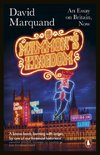



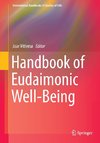

 Nemecký jazyk
Nemecký jazyk 
 Ruský jazyk
Ruský jazyk 